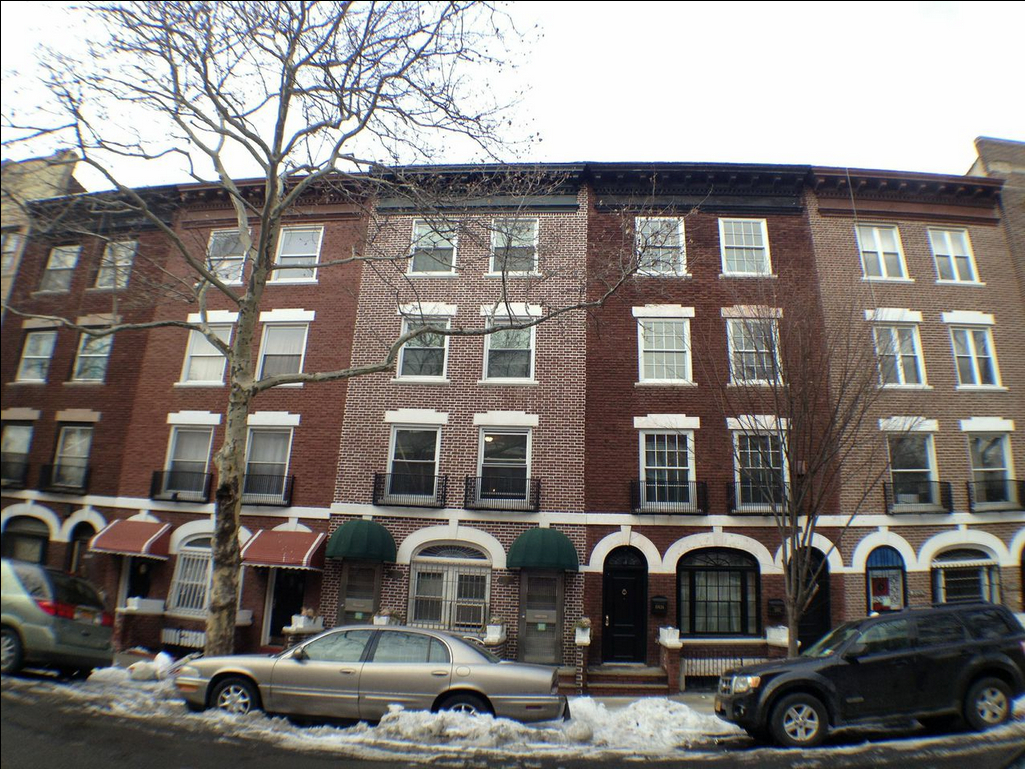OPINION: Rent-stabilized landlords are the economic engines driving our neighborhoods

Addressing the affordable housing crisis with politics instead of common-sense policy —as seems to be the path that elected officials are taking when it comes to state rent law reform — is bad for tenants, landlords, small businesses, jobs, neighborhoods and municipal services. Being honest about who landlords are, and what we do, would be a constructive discussion.
When preconceived, one-sided rhetoric drives housing policy, it ignores what middle class landlords (like us) do for affordable housing and, equally significantly, the positive economic impact our rent-stabilized buildings have on our neighborhoods.
We don’t want our buildings to deteriorate. We want our tenants to take pride in their homes — the same pride we take in our properties because, like most landlords in Brooklyn and the outer boroughs, we call our buildings home. Our tenants are our neighbors. We are accessible 24/7, and we respond right away because we live there.